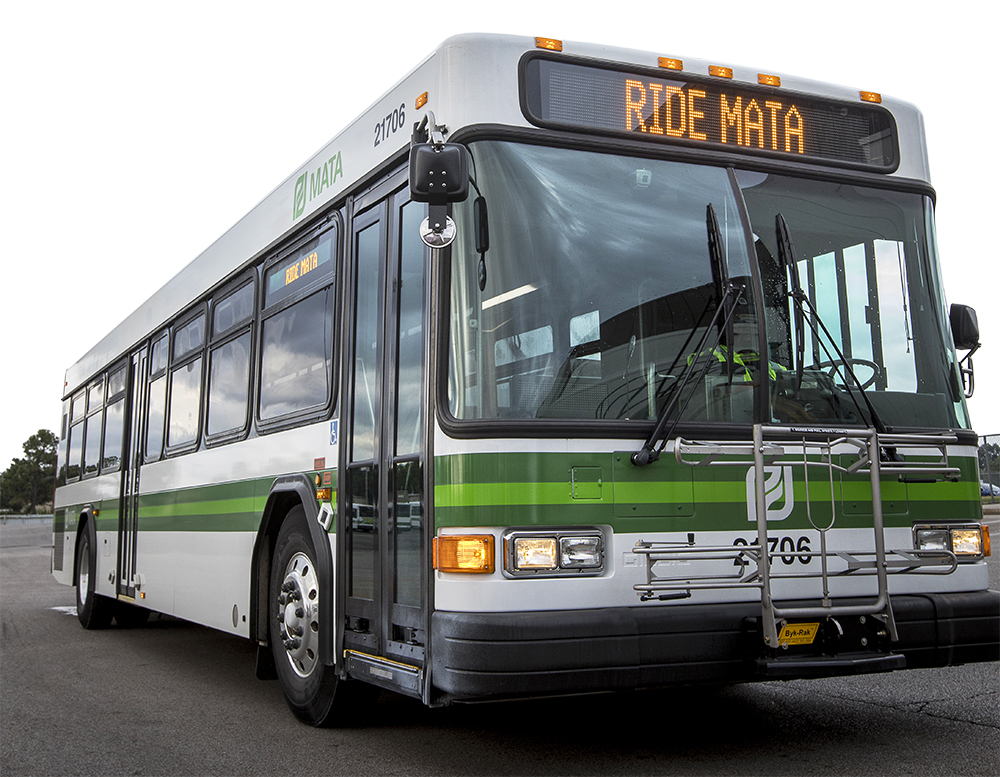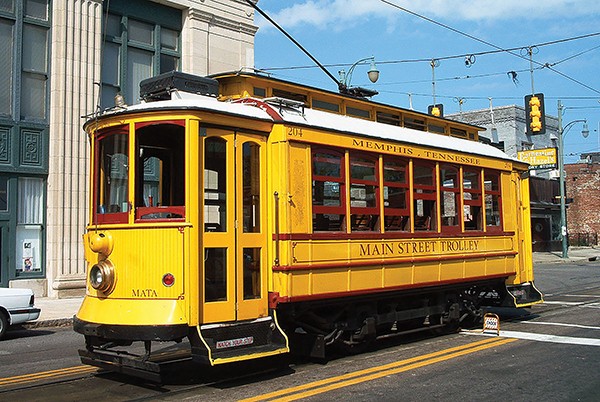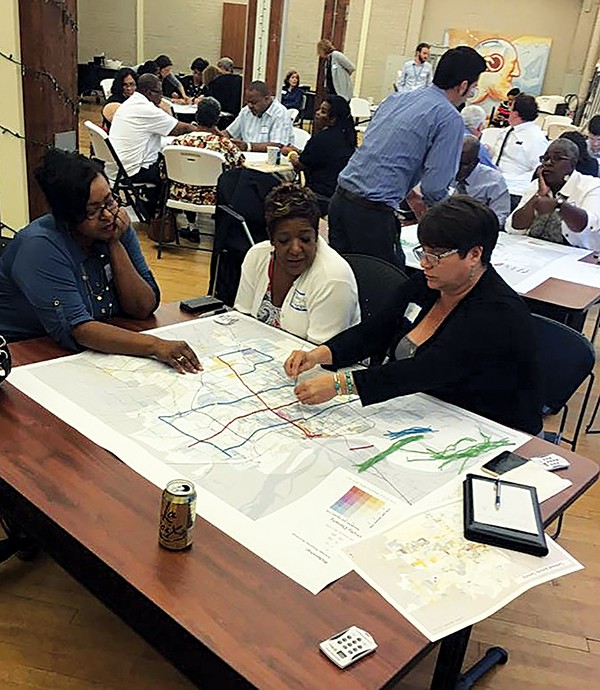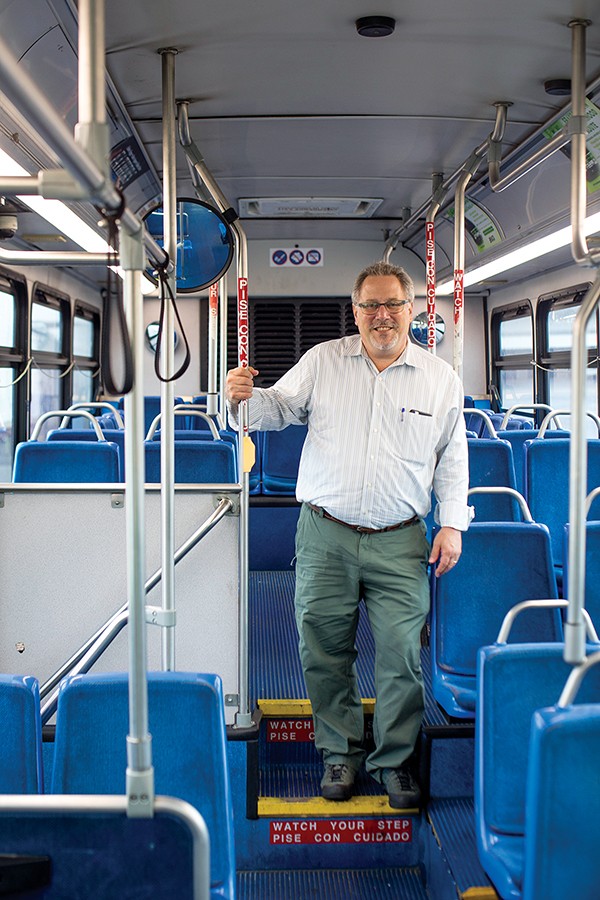Memphis Area Transit Authority (MATA) leaders reported improvements across many of its service lines to Memphis City Council members Tuesday.
Bacarra Mauldin, MATA’s interim CEO, told the council’s Transportation Committee that ridership and usage was up on trollies, buses, and the agency’s on-demand system. Mauldin was appointed on February 1, 2024 following the retirement of Gary Rosenfeld.
When Mauldin stepped into the role the agency was “fresh from the rejection” of their controversial proposed winter service changes. Mauldin said their biggest challenges were unreliable services and buses, and “strained relationship with community advocates.”
However, recent changes helped to push total ridership over 2 million recently, she said, with a significant number of those on MATA’s traditional bus services, The most popular routes to date are the 36-Lamar, 50- Poplar, and 42- Crosstown. These numbers are reported from year-to-date.
More than 36,000 hopped a trolley last month, Mauldin said. Much of that improvement came from a partnership with Renasant Convention Center.
“They really help us advertise and promote our services when conventions come to town,” she said. “We get a lot of additional ridership on our trolleys during those instances.”
Mauldin said Groove On-Demand, MATA’s “Uber-ish” car service system, rose to over 100,000 bookings so far this year. That service allows citizens to call a car for access to Downtown, the Medical District, South City, and New Chicago.
Mauldin said MATA is also listening to customers and community organizations. In the last 80 days MATA leaders met with members of the Bus Riders Union, Citizens for Better Service, and Memphis Interfaith Coalition for Action and Hope (MICAH).
“As a result, we renewed our joint commitment to work and make transit better for all riders,” Mauldin said. “Advocate and adversary don’t have to be the same. We all want better transit, and we can do more if we all work together.”
To further improve transit in the Mid-South, Mauldin said MATA met with union leadership “early.” She said they do not have a contract yet, but wanted to let council members know that this was a priority.
The agency has also added eight new buses that are in service to their “fixed route bus fleet,” and has secured 29 used buses to aid in reliability and efficiency.
“Hallelujah!” council member Jana Swearengen-Washington said at the conclusion of the presentation . “Our emails of concerns and phone calls have just been drastically reduced. We appreciate your team and all that you’re doing.”


 Maya Smith
Maya Smith  Memphis Area Transit Authority
Memphis Area Transit Authority 

